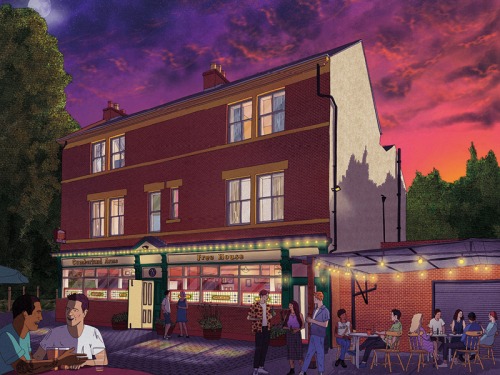Meet a Professional Games Designer: Ian Mayor

Ever wondered what it takes to be a narrative designer at a world leading development studio? Living North speaks to Newcastle-based Ubisoft Reflections’ senior narrative designer, Ian Mayor
To gain insight into what it means to be a narrative designer, Living North speaks to industry professional Ian Mayor, a senior narrative designer at leading game development studio Ubisoft Reflections in Newcastle.

‘I’ve always been interested in writing and computer games. I went to university to do a degree in interactive media, it was some interactive work and some ROM development work,’ explains Ian (ROM referring to “Read Only Memory”, the most common format for reading data on cartridges used for older computers and games consoles). ’I specialised in writing, that was really my craft. Shortly after I started approaching games companies, just to see if they needed a writer.
‘Not long out of university I started at a development company in Warwickshire, my CV managed to hit them at the right time. I’ve been doing narrative design ever since, for the last 15 years,’ Ian reflects. ‘When I first started the term narrative designer didn’t even exist!’
What we understand as a standard narrative structure is much more complex in the world of video games due to the implications of player interaction – when and why things are said, the length of dialogue, and the responses of NPCs [non-playable characters] to player actions must all be considered.
‘Narrative systems in games relate to the triggers that cause certain scripted events to happen – by a player action, an action of the world, or maybe two things meeting by an act of chance. We have to create the underlying systems that make sure the results of those actions make sense. That’s a very narrative-design specific task,’ Ian explains. ‘If you want to be a games writer, you have to really listen to what’s being said. You’ll realise how short combat dialogue is, for example. After you develop that analytical brain for it, you’ll become more sensitive to what’s needed from you as a writer.’
A great example of this is in the Role Playing Game, Skyrim (2011). A title that was rich with engaging dialogue, but hampered by a programming fault that made certain lines of speech trigger incessantly.
‘The infamous line from Skyrim (2011), “I used to be an adventurer like you, but then I took an arrow to the knee” is a great line – the problem is how much you hear it. If you heard it 10x less it would be perfect, it speaks to the character and it speaks to the world. It’s a metaphor for someone proposing to their partner and giving up on the adventurous life the player is enacting, it tells you a bit of story about the character and a bit of context to the lore of the world – it’s just a really fine example of the craft that became a bit of a joke because of how often you hear it.’
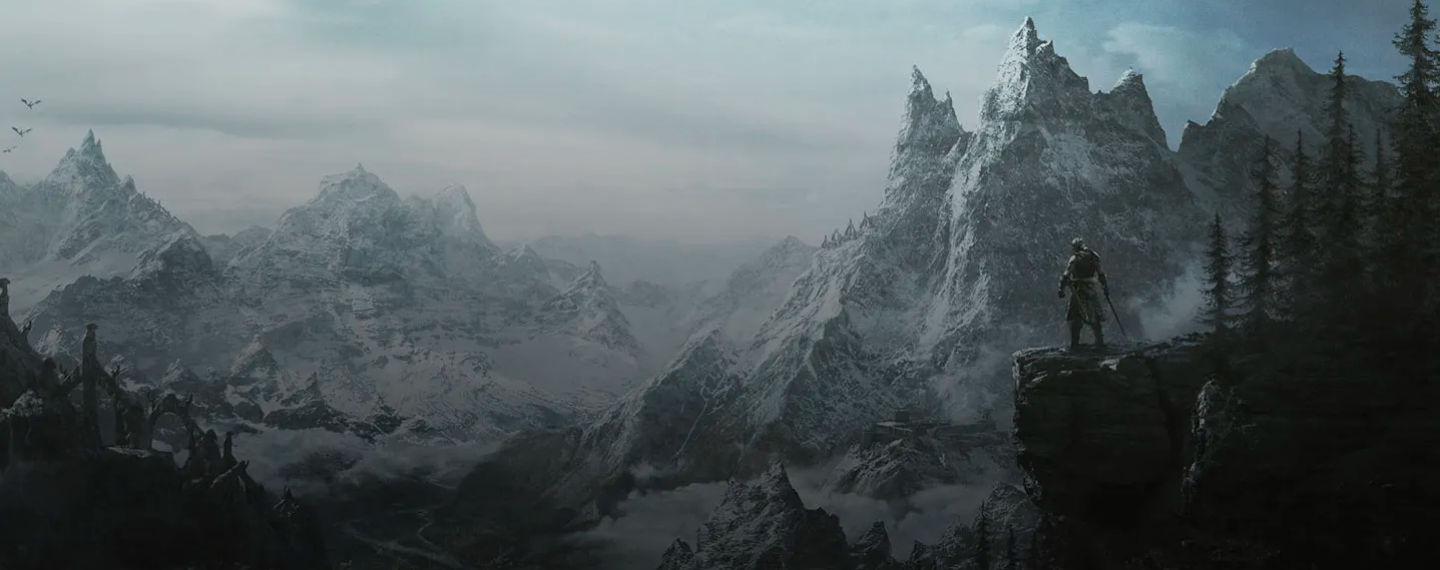
World building is a huge part of narrative design, finding inventive ways to make worlds feel lived in. This is both a challenging and rewarding task, a skill which Ian has had time to hone over the last 15 years.
‘A part of the job I really enjoy is world building. If you take The Division (2016) that I worked on, it was a reimagined version of New York – a city full of brands, billboards, etcetera. To make a realistic version of New York, you have to then imagine fake brands,’ Ian explains. ‘To do that you have to take a real-world equivalent and reverse engineer a fake backstory and identity for a company that feels credible. Then you work with designers to create logos, adverts and fake branding – that’s so much fun.
‘However, the most important thing to note is that the writing is only a tiny facet of the player experience, it all comes down to the wider team efforts that make a game world.’
The Division is a title that allowed Ian to flex his narrative muscles, writing passages of dialogue for the player to find that resonated personally with a specific audience in the player base.
‘I was really proud of when I worked on the found recorded voices in The Division. You’re writing monologues, essentially. They’re short spoken stories for players to find in the game world that need to tell the player about the world but remain isolated from the main story, and you can get quite personal in that space – they take on a life of their own,’ Ian explains. ‘In the game there’s a plague that’s happening, so the speaker in the recording isn’t sure if they’ll survive or not, leading them to come out as gay to their mum, and their mum is really supportive of that. That story ended up finding an audience outside the game, and I was really proud of that.’
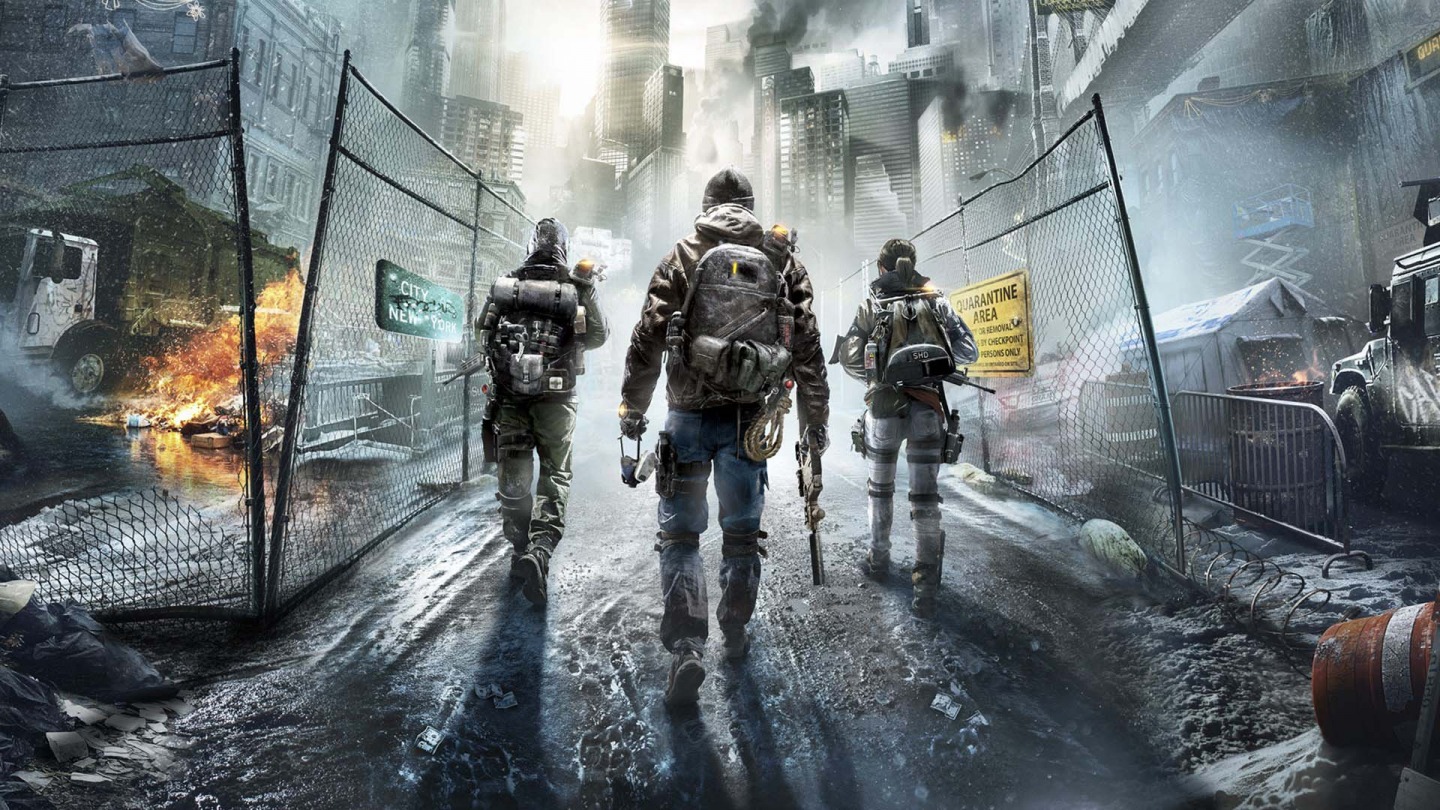
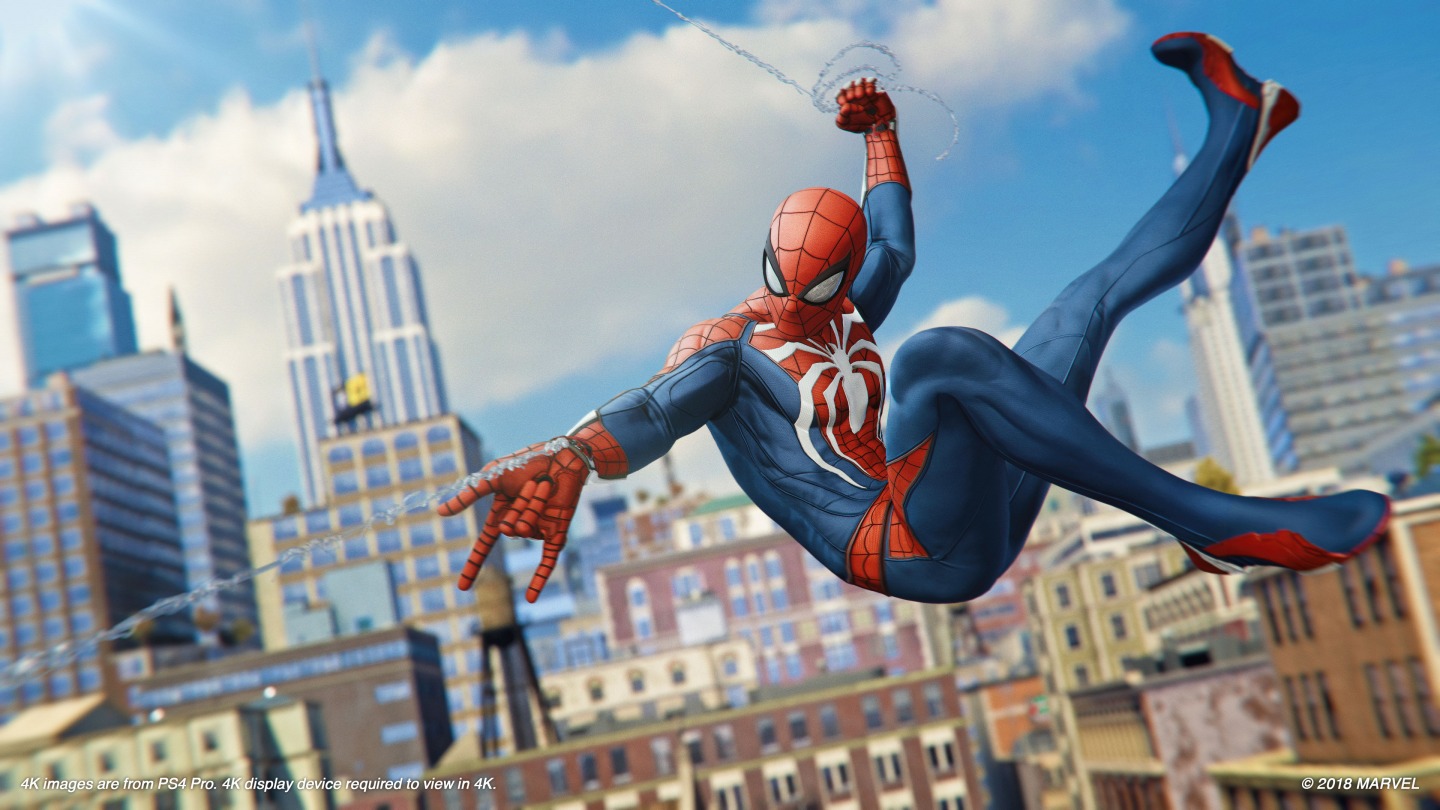
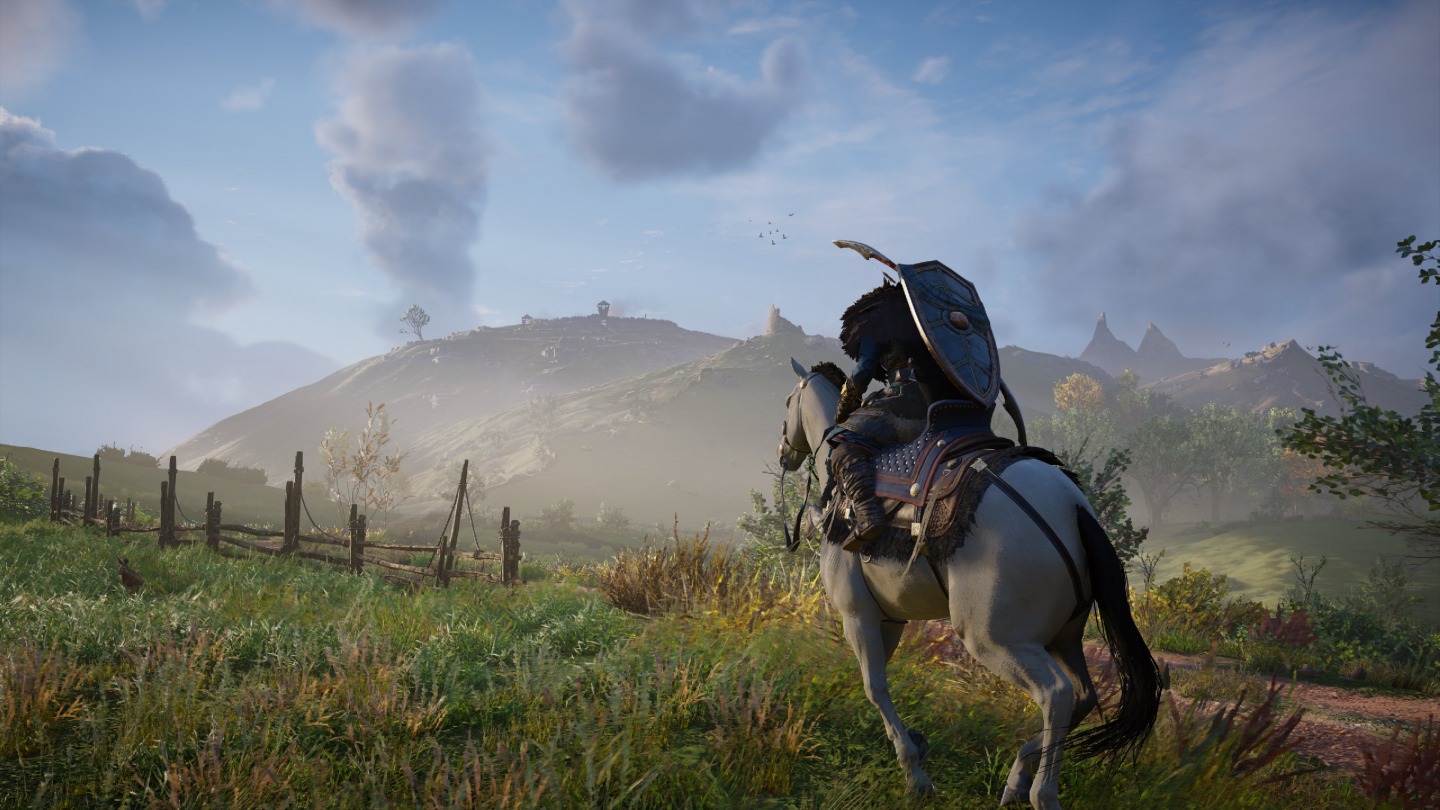
Looking ahead, Ian is currently working on the upcoming Avatar title, Avatar: Frontiers of Pandora, set within the world of the 2009 film. With the narrative safe in Ian’s hands, we couldn’t let him go without asking for his advice on how to make a career out of crafting brilliant stories.
‘Firstly, you need to write stories and finish stories. They don’t have to be big, they could be podcasts, short stories, anything. Whatever medium takes your fancy, you have to develop your voice as a writer.
‘Secondly – find a way to work on games. There’s loads of games studios out there like Inkle that have brilliant branching narrative stories, just engaging with that content will help you see how games are put together. There are small teams out there making games that need someone who can write, from menu text to maybe even creating scripts for the stories of games, there’s no greater experience you can get than working on a small production,’ Ian concludes.
If you want to discover other careers in the games industry, learn more at reflections.ubisoft.com







